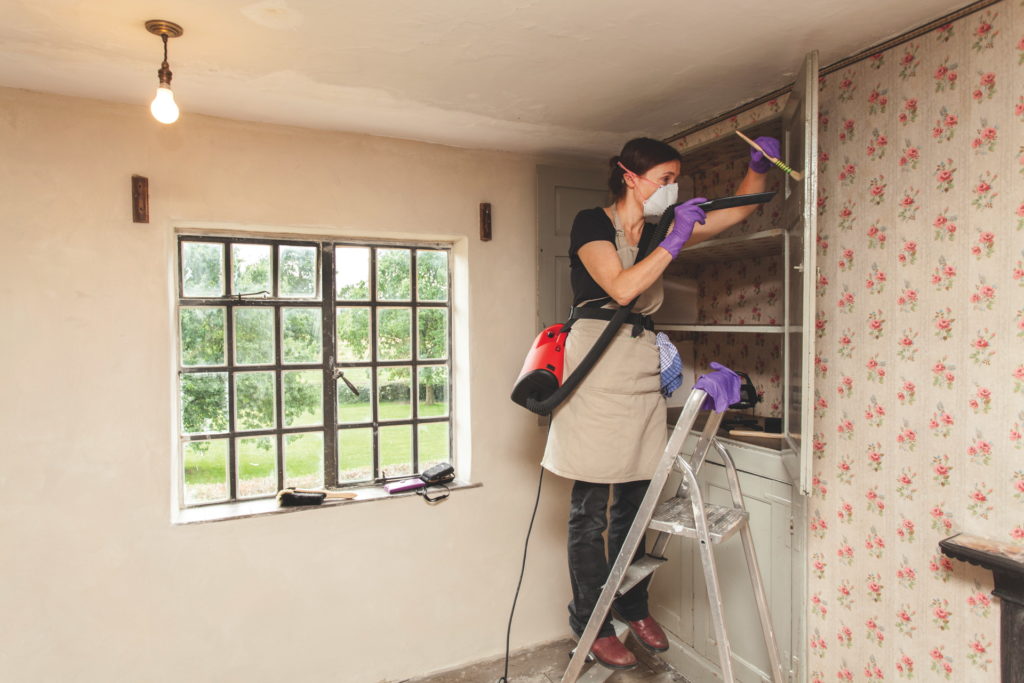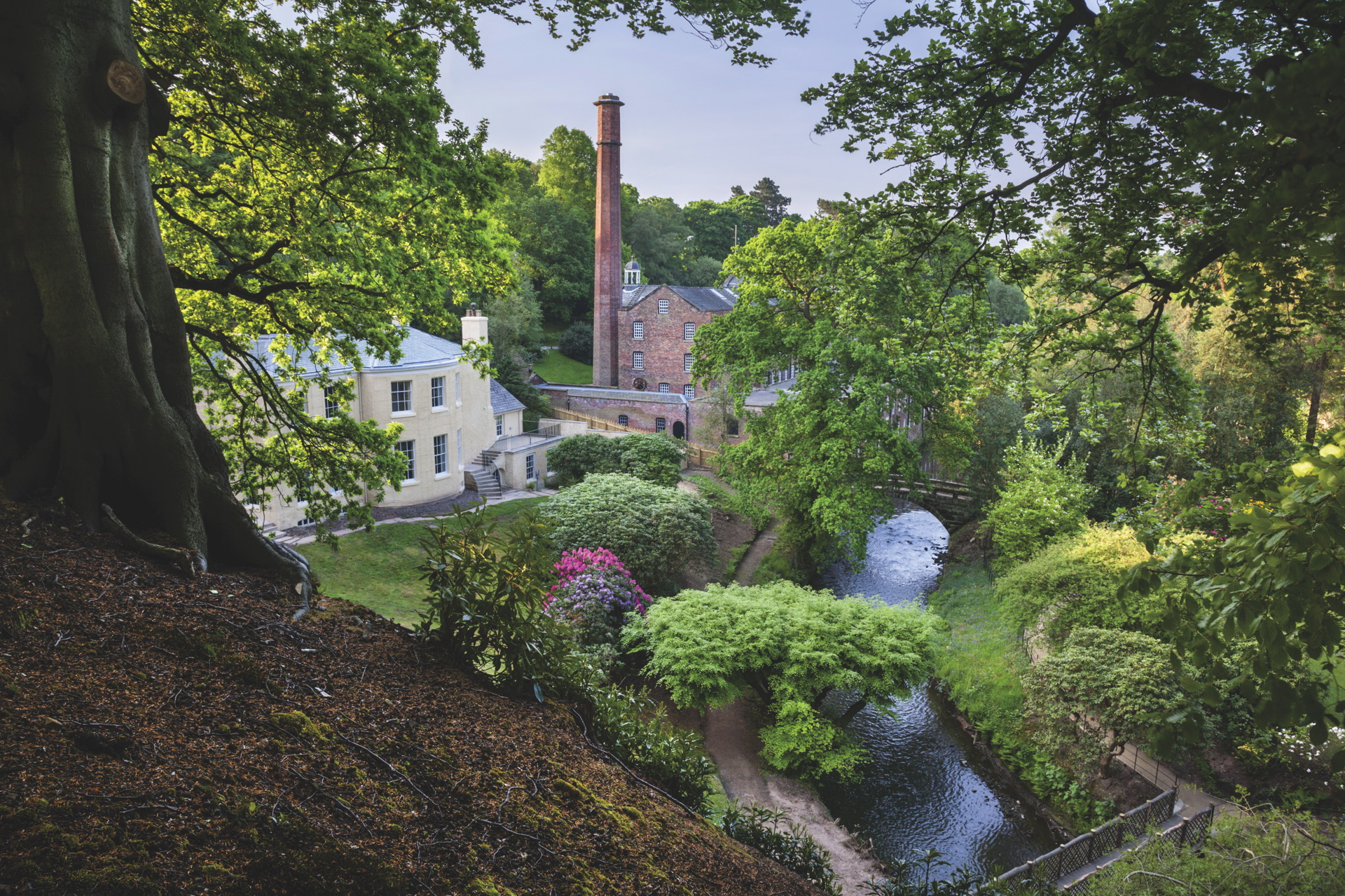Quarry Bank Mill
The homes of paternalistic mill owners and their workers have been restored at a Cheshire visitor attraction, offering a vivid picture of life in the 18th century
Compared with the workers of nearby industrial Manchester, life at Quarry Bank Mill in Cheshire was almost a rural idyll. When Samuel Greg leased the land in the 1700s, owner Lord Stamford imposed the condition that the woodland character of the area be preserved and, by Georgian standards, the Gregs were paternalistic mill owners. They founded a school in Styal for the local children and the two-up two-down terraced workers’ cottages were equipped with allotments, although they would have
housed as many as 14 people.
The National Trust has operated the Grade II listed textiles mill as a visitor attraction since the nineties and now, after painstaking restoration as part of a larger £9.4m Quarry Bank project, it has opened the home of the Greg family, a mill worker’s cottage and a permanent exhibition in the village hub.
Number 13 Oak Cottages was occupied by Ann and Peter Nicklin in 1819-1834, at a rent of two shillings, nine pence a week to the Gregs. The couple were childless but had a lodger, Catherine Burn, who, along with Peter Nicklin, worked at the mill. The cellar was sub-let to John and Mary Taylor and their young son William. Later Catherine Burn shared her bedroom with another woman – Mary Bradbury.
“Personal space that we take for granted today was a huge luxury in the early 1800s,” says Ally Tsilika, archive and collections manager at Quarry Bank. “It was rare for working-class people to have their own bed, so although it’s odd to us, Catherine and Mary sharing a room in this cottage would not have been unusual.”
Beyond official records very little is known about the tenants. “The Nicklins, their tenants and their neighbours didn’t write journals or leave bundles of letters for us to read, they couldn’t take photographs or sit for paintings. We have pieced together what little we know from the facts recorded… What we’re missing is people’s personalities, but you can get a tantalising glimpse of that inside the cottage.”

During the conservation process, the original wallpaper and lino have been restored in the cottage.
“It doesn’t sound very glamorous but the early twentieth century lino in the worker’s cottage is a treasure in the National Trust’s collection,” says Tsilika. “Most lino of that period was used in working people’s homes, and has been thrown away as successive generations have redecorated and renovated, so it’s actually very rare.”
While Peter Nicklin would work 10-12 hours a day for around 14 shillings a week, Ann Nicklin was a housewife looking after the entire household – her washing alone would take three days. In stark contrast is the life of Hannah Greg, whose social, intellectual and domestic life is revealed at Quarry Bank House. A woman of education, she was concerned with the improvement of herself and her 13 children through learning, debate and the host of well-informed friends and acquaintances who were invited to Quarry Bank House.
Conservation specialists, archivists, academics from Manchester University and volunteers have now recreated this genteel Georgian home. The evidence points to an elegant style of living, with greater focus on intellectual pursuits than material ones.
Tsilika says it’s likely the Gregs would have known the Nicklins and most of their workers but they certainly wouldn’t have socialised. But, they were central to each other’s lives.
“Both owners and workers at Quarry Bank were integral to the success of the business,” she says. “They were reliant on each other for their survival.”
For more info see nationaltrust.org.uk

Leave a reply
Your email address will not be published.